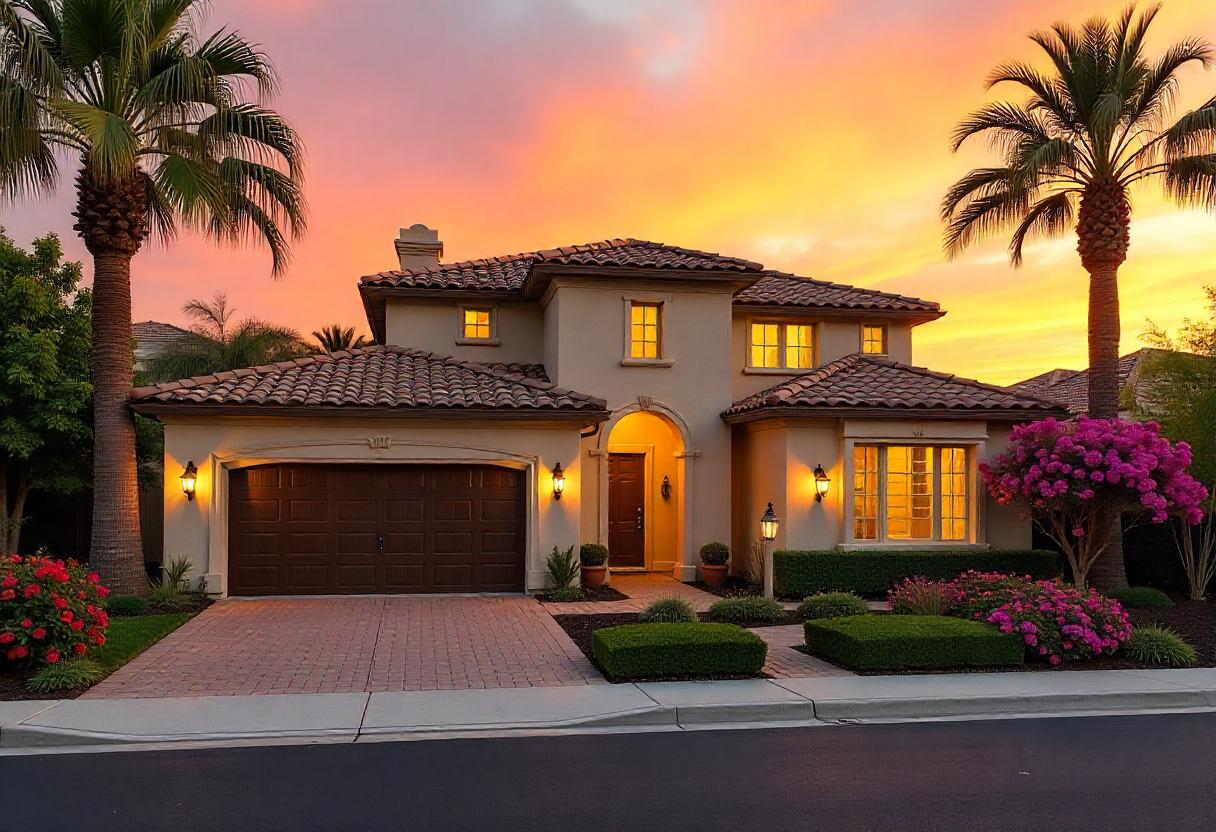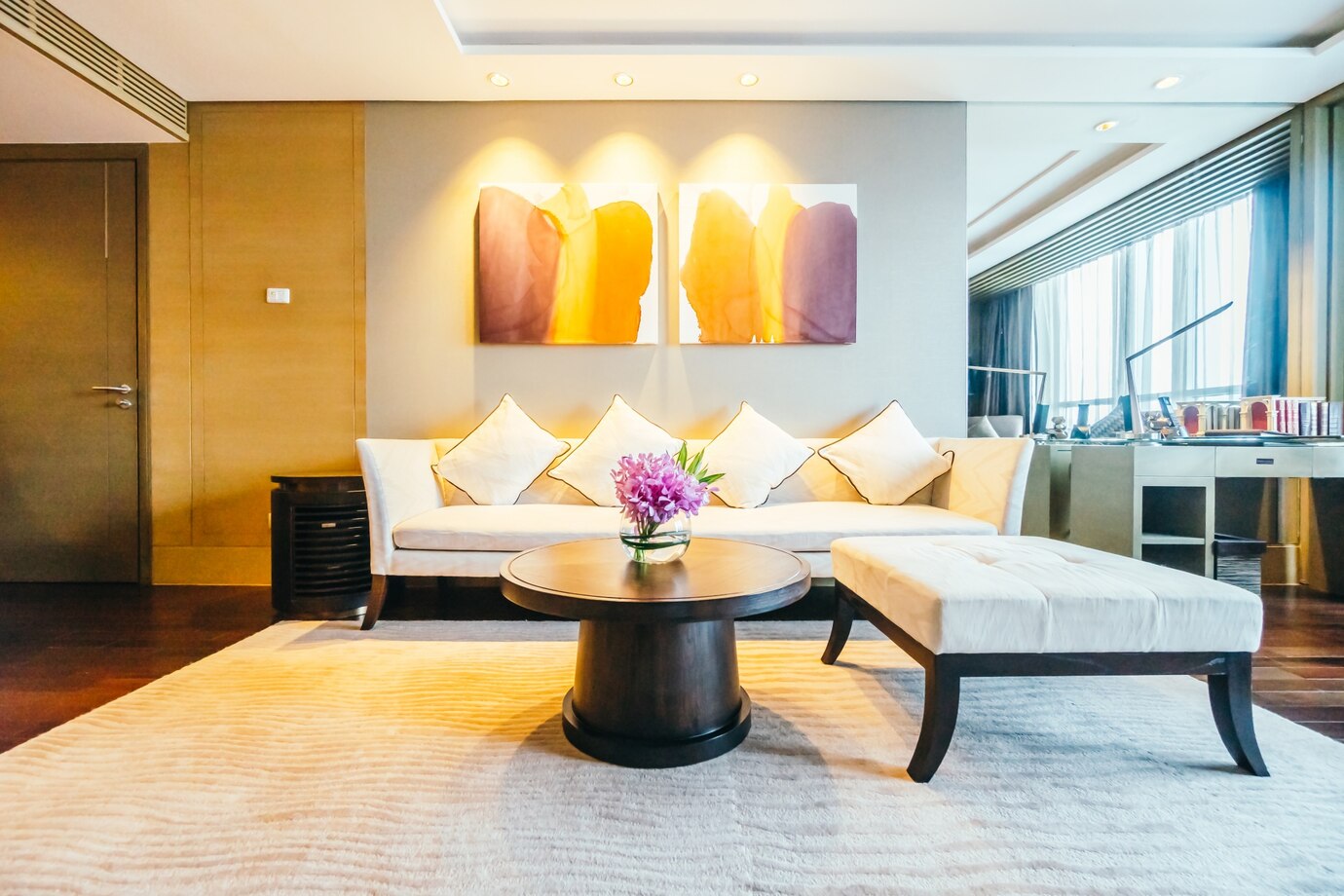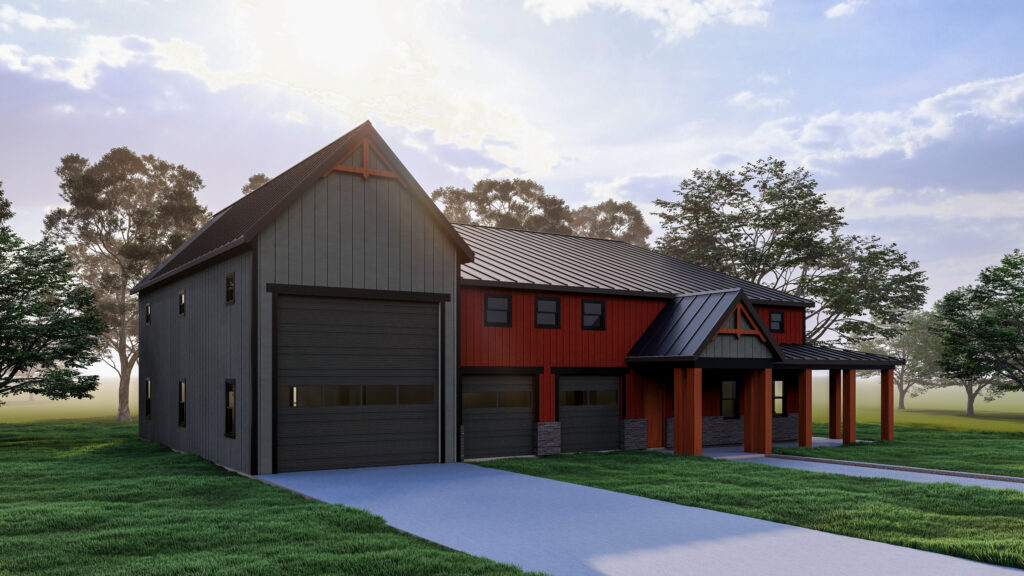

Table of Contents
ToggleBuying or building a new home is one of the biggest financial commitments you’ll ever make. It’s not just about purchasing a property, it’s about creating a comfortable, functional space that fits your lifestyle while staying within your budget. Many people assume that cutting costs means sacrificing quality, but that’s not always the case. With cost-effective home planning, smart budgeting, and strategic decision-making, you can significantly reduce expenses without compromising on durability, aesthetics, or functionality.
One of the most effective ways to save thousands on your new home is choosing pre-designed layouts instead of custom architectural plans. Pre-designed layouts eliminate the need for costly architects while still offering well-thought-out designs that maximize space efficiency and construction ease. Paired with affordable yet high-quality materials, energy-efficient upgrades, and smart DIY choices, you can enjoy a beautifully designed home at a fraction of the typical cost.
When building a new home, one of the biggest expenses homeowners face is the cost of architectural design. Many people assume that hiring an architect to create a custom blueprint is necessary to get a well-designed and functional home. However, pre-designed layouts offer a far more cost-effective alternative, one that can save you thousands of dollars while still providing a high-quality home tailored to your needs.
One of the biggest financial advantages of using pre-designed layouts is the significantly lower design cost. Hiring an architect to create a custom home plan from scratch can cost anywhere from $2,000 to $8,000 or more, depending on complexity and size. In contrast, pre-designed layouts are often available for a fraction of that price, allowing you to put those savings toward higher-quality materials or other home upgrades.
Another key benefit is faster approvals and permitting. Custom plans often require multiple revisions to meet local building codes and zoning regulations, which can cause delays and additional expenses. Pre-designed home layouts, on the other hand, have typically already been reviewed and optimized for structural integrity, making the approval process much faster and smoother. This means you won’t have to wait as long to break ground on your new home, reducing unnecessary holding costs and potential price increases in labor and materials.
Additionally, pre-designed layouts help with better material estimation, which plays a crucial role in controlling construction costs. Since these plans are widely used, contractors are already familiar with them and can accurately estimate material requirements. This minimizes waste and prevents unexpected expenses due to underestimating or overordering materials. Over time, reducing material waste can save you thousands on your total home construction costs.
When building a home on a budget, selecting the right materials is crucial for saving money without compromising quality. Many affordable options provide durability, aesthetics, and efficiency similar to expensive materials. Engineered wood is a cost-effective alternative to solid hardwood, offering a natural look while being resistant to warping.
Concrete blocks are a cheaper and more energy-efficient substitute for traditional bricks, reducing labor and material costs. Recycled steel provides a strong, termite-resistant, and fireproof framing option that is both budget-friendly and sustainable. Prefabricated panels speed up construction, reduce labor costs, and minimize material waste while maintaining high quality.
Beyond material selection, strategic purchasing can further cut costs. Buying in bulk can result in significant discounts while opting for locally sourced materials reduces transportation expenses. Sticking to standard sizes for doors, windows, and flooring minimizes waste and installation time.
Repurposing salvaged materials such as reclaimed wood and metal adds character to a home at a lower cost. Comparing prices from multiple suppliers and negotiating bulk discounts can also lead to significant savings. By making informed choices, homeowners can construct a durable, energy-efficient, and visually appealing home without overspending.
Energy efficiency plays a crucial role in reducing both immediate construction costs and long-term expenses for homeowners. You may drastically reduce the amount of electricity you use just by designing your home with energy-saving features, and heating, and cooling bills while also enhancing comfort and sustainability. One of the easiest ways to improve energy efficiency is by switching to LED lighting and smart bulbs, which use up to 75% less energy than traditional incandescent bulbs and last much longer, reducing replacement costs.
Another critical factor is proper insulation, which helps maintain indoor temperatures and can lower heating and cooling costs by up to 30% annually. Well-insulated walls, floors, and roofs prevent heat loss in winter and keep interiors cool during summer, reducing reliance on HVAC systems.
Investing in solar panels can lead to even greater savings, as they generate renewable energy that can cut electricity bills by 50% or more over time. Although solar panel installation requires an initial investment, many homeowners recover the cost within a few years through reduced utility expenses and government incentives.
Additionally, choosing Energy Star-certified appliances is another smart way to lower energy consumption. These appliances, including refrigerators, washing machines, and dishwashers, use 10-50% less power than standard models, making them an excellent long-term investment.
Beyond the financial benefits, an energy-efficient home has a higher resale value. Buyers are increasingly prioritizing sustainable and cost-effective living, meaning homes with energy-efficient features tend to attract more interest and sell at better prices. In addition to enjoying reduced monthly costs, you can future-proof your house for long-term savings and lessen your influence on the environment by implementing these techniques.
A budget-friendly house doesn’t mean sacrificing comfort, it means making smart choices to optimize space while keeping costs low. One of the most effective ways to achieve this is through an open floor plan, which eliminates unnecessary walls and creates a more spacious and airy feel. Not only does this approach enhance natural light and ventilation, but it also reduces material and labor costs associated with extra walls and partitions. Open-concept living areas allow for greater flexibility in furniture arrangement and multifunctional use, making smaller homes feel much larger than they are.
Another key strategy is designing multi-functional spaces. Instead of dedicating separate rooms for every function, consider spaces that can serve multiple purposes. For example, a guest room can double as a home office with a foldable desk and a pull-out bed, or a dining area can incorporate built-in storage to maximize functionality.
This reduces the need for excess square footage while ensuring that every part of the home is utilized efficiently. Additionally, vertical storage solutions are a game-changer for smaller homes. Tall shelving units, wall-mounted organizers, and lofted storage areas help clear floor space while keeping essentials easily accessible.
Being mindful of overall home size is also crucial when building on a budget. Since construction costs are typically measured per square foot, even a slight reduction in total square footage can lead to substantial savings. A well-designed, modest-sized home with smart storage, open spaces, and multi-functional areas can feel just as comfortable as a larger home while keeping costs significantly lower. You may design a stunning, useful, and reasonably priced home that satisfies all of your demands without breaking the bank by concentrating on smart space utilization.
Hiring contractors for home construction or renovation can quickly become expensive, but with the right approach, you can significantly cut labor costs without compromising quality. One of the most effective ways to save money is by taking on certain DIY projects. Tasks like painting, flooring installation, and landscaping are manageable for most homeowners and can lead to substantial savings.
Painting, for example, is a relatively easy project that professionals charge anywhere from $3,000 to $5,000 for, whereas doing it yourself requires only about $500 in materials. Similarly, installing vinyl or laminate flooring on your own can save $3 to $5 per square foot, making a noticeable difference in your overall construction budget. Landscaping is another DIY-friendly project, by investing just $500 in plants and materials, you can create an attractive outdoor space instead of spending $5,000 or more on professional services.

However, for more complex tasks such as plumbing, electrical work, or roofing, hiring experienced professionals is necessary to ensure safety and compliance with building codes. The key to keeping costs low is making strategic hiring decisions. Start collecting multiple quotes from different contractors to compare pricing and services. Avoid settling for the first bid you receive, many professionals are willing to negotiate, especially if you can provide competing estimates.
Another smart approach is scheduling work during the off-season, such as winter, when construction demand is lower and contractors are more likely to offer discounts. Additionally, consider reaching out to local trade schools, where students, supervised by industry professionals, often provide quality work at significantly reduced rates. If you’re working with a pre-designed house plan, it can also help streamline the process and reduce labor costs by minimizing unexpected design changes and construction delays.
Balancing DIY efforts with smart hiring strategies, you can effectively reduce labor costs while still ensuring that your home is built or renovated to a high standard. Thoughtful planning and research can make all the difference, helping you stretch your budget without sacrificing quality or safety.
Building a home can be a significant financial commitment, but many governments offer grants, rebates, and financial assistance programs to help make homeownership more affordable. Whether you’re a first-time homebuyer, looking to incorporate energy-efficient features, or need flexible financing, various programs can ease the financial burden and reduce construction costs. Understanding where to find these resources and how to qualify for them can make a substantial difference in your overall budget.
One of the most popular forms of assistance is first-time homebuyer grants, which many state and local governments provide to encourage affordable housing. These grants typically don’t require repayment and can be used for down payments, closing costs, or even certain construction expenses. Eligibility criteria vary, but they often depend on income levels, property location, and whether the home will be a primary residence.
Another excellent financial resource is energy efficiency rebates, which promote sustainable homebuilding. Federal and state programs offer incentives for installing solar panels, upgrading insulation, and using energy-efficient appliances. For example, solar panel rebate programs can reduce the upfront cost of installation by thousands of dollars, making renewable energy more accessible to homeowners. Additionally, many utility companies provide discounts or credits for making energy-efficient home improvements, further lowering long-term utility costs.
For those financing a new home, low-interest construction loans can provide a cost-effective borrowing option. Some banks, credit unions, and government-backed programs offer construction loans with flexible repayment plans, lower interest rates, and smaller down payment requirements compared to traditional mortgage options. These loans are designed to help budget-conscious homeowners manage building costs without the financial strain of high monthly payments.
Building a home doesn’t have to break the bank, strategic planning and informed choices can lead to significant savings without compromising on quality. Opting for pre-designed layouts, you eliminate the high costs associated with custom architectural designs while still achieving a functional and stylish home.
Choosing cost-effective yet durable materials further reduces expenses while ensuring longevity and structural integrity. Additionally, incorporating energy-efficient features such as proper insulation, smart lighting, and solar panels not only cuts down on initial construction costs but also lowers long-term utility bills.
Exploring financial assistance programs like government grants and low-interest construction loans can also ease the financial burden and make homeownership more accessible. With careful planning and smart decision-making, you can build an affordable, efficient, and high-quality home that remains cost-effective for years to come.